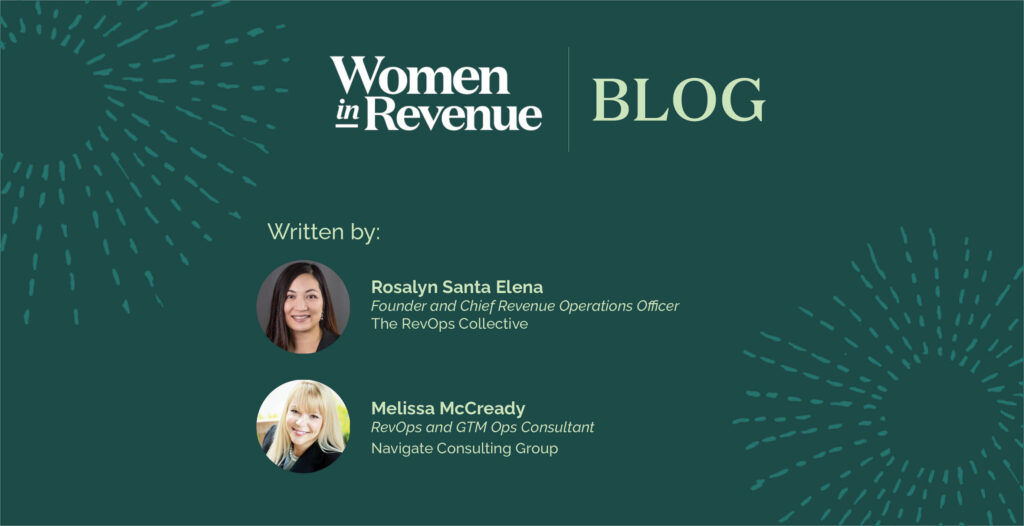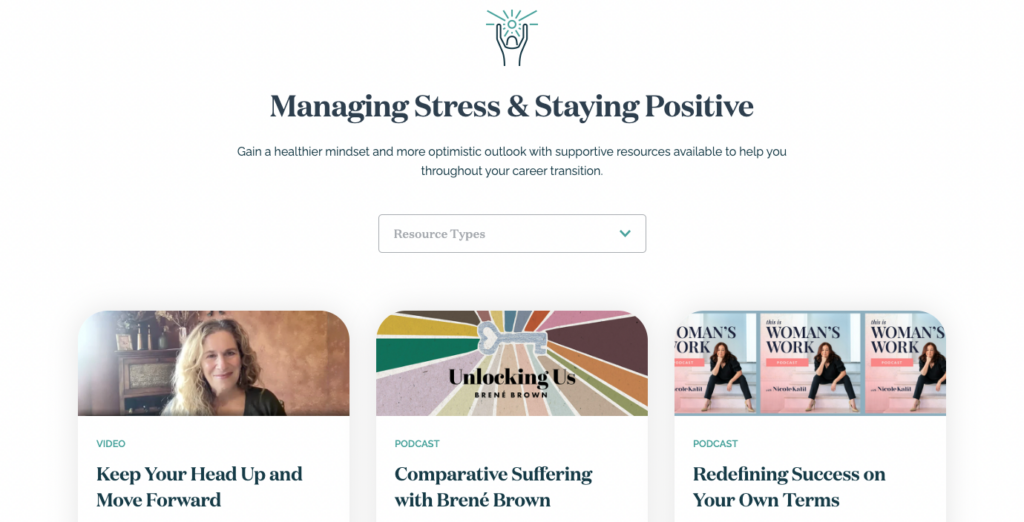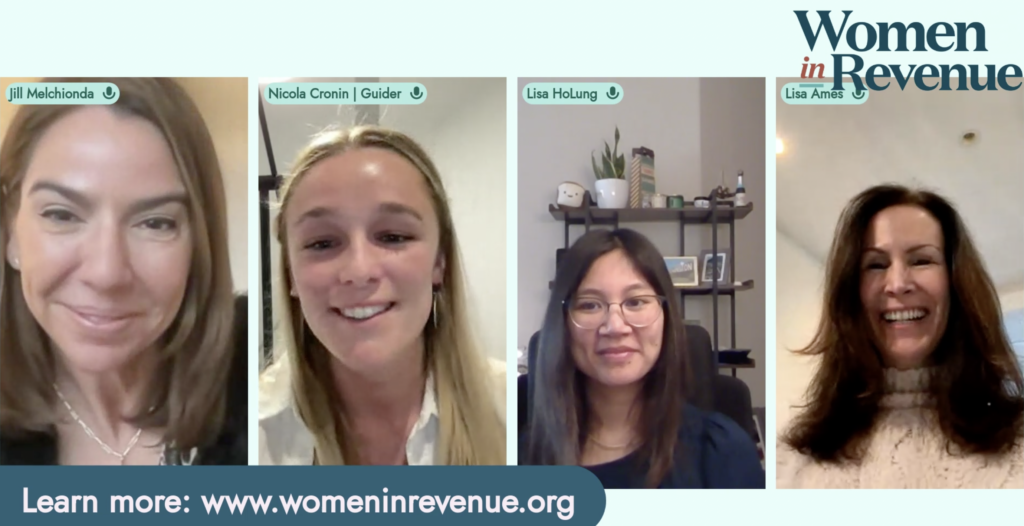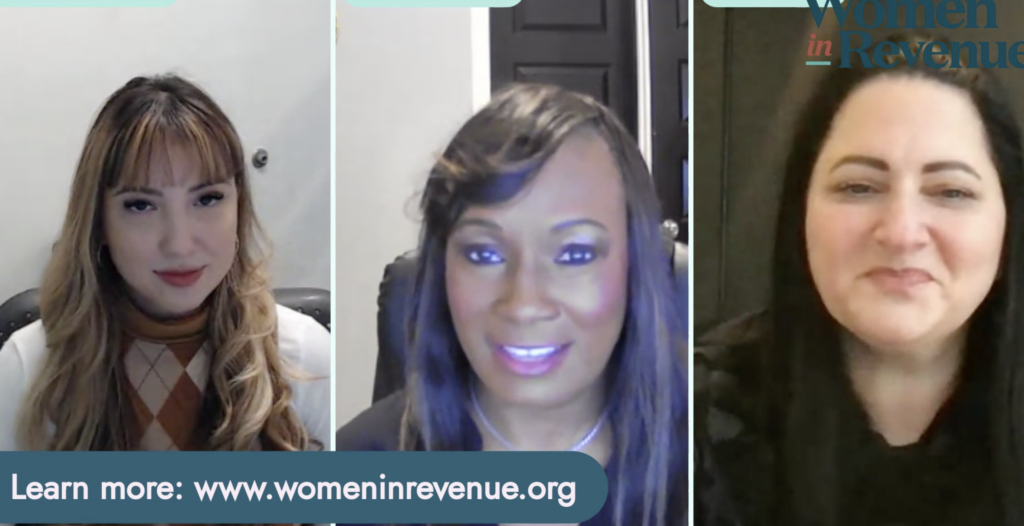Q&A with Jeni DeSpain – Leadership as a Woman in Sales
Raised in NorCal and now stationed in Atlanta, GA, Jeni DeSpain is the Senior Director of Sales Enablement & Operations Process for Outside Sales at the Home Depot. In her […]
Q&A with Jeni DeSpain – Leadership as a Woman in Sales Read More »










